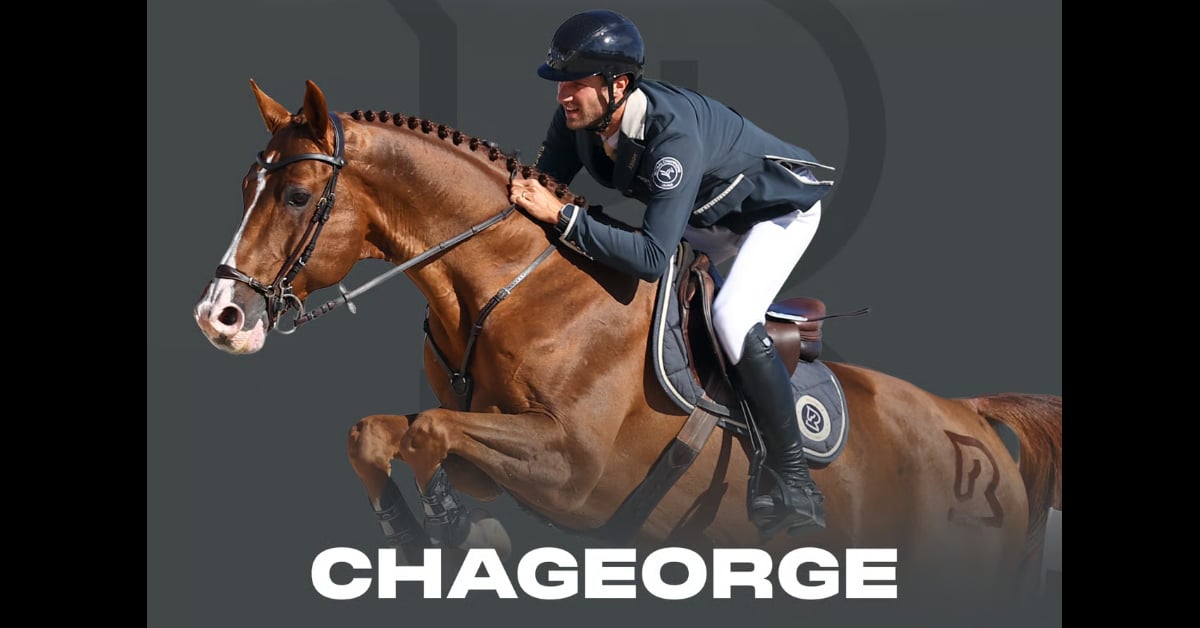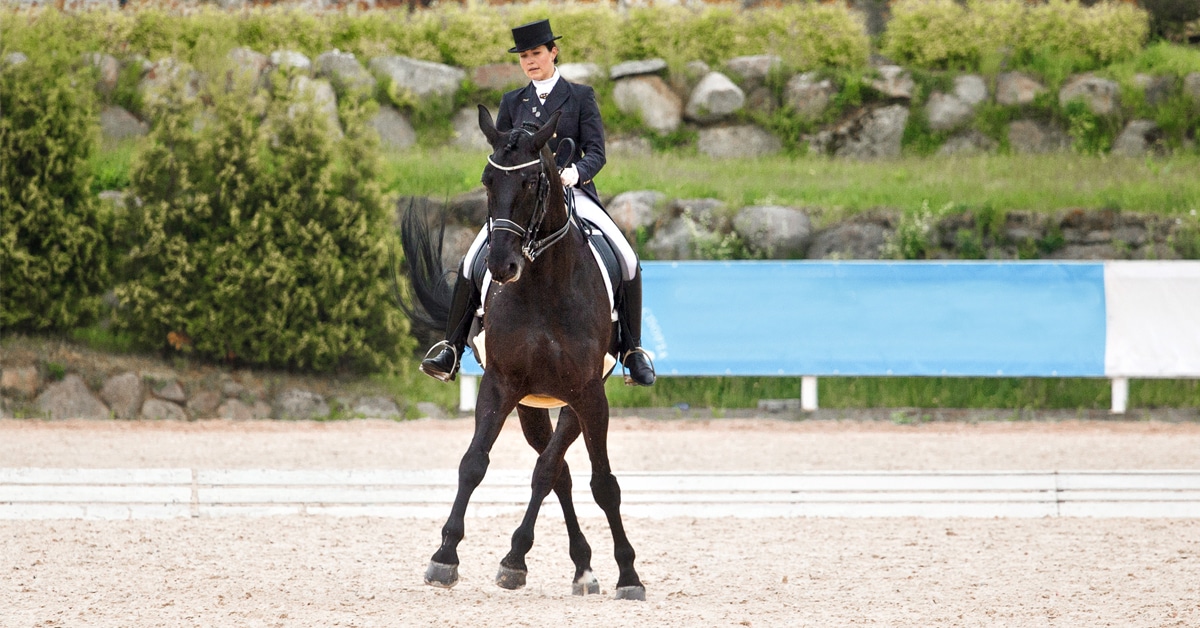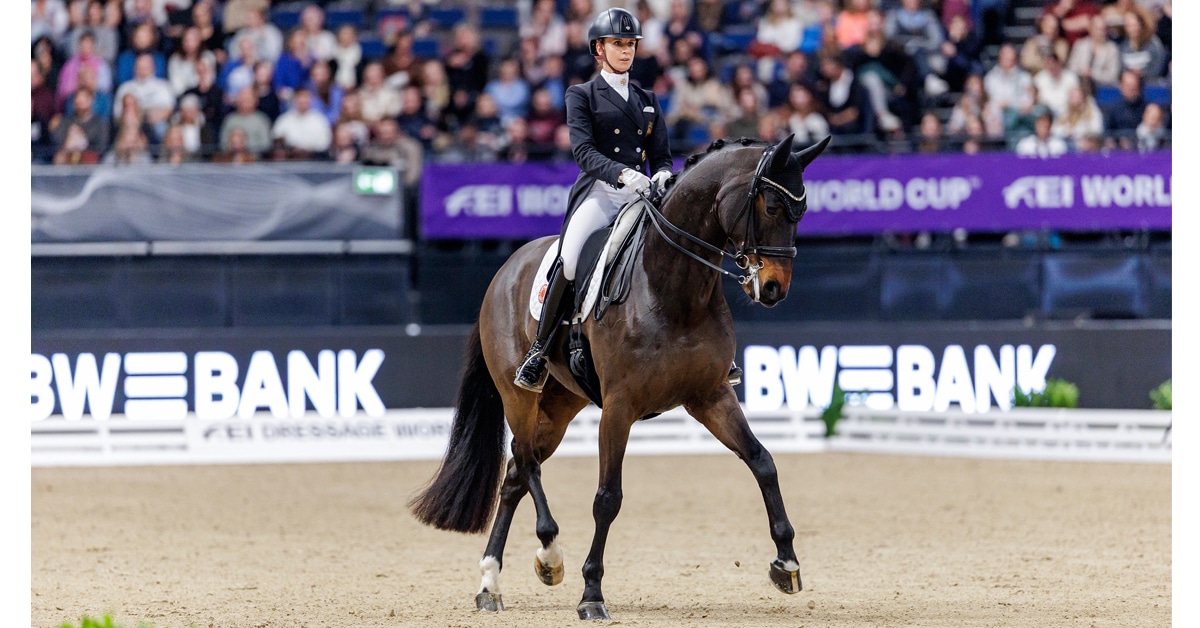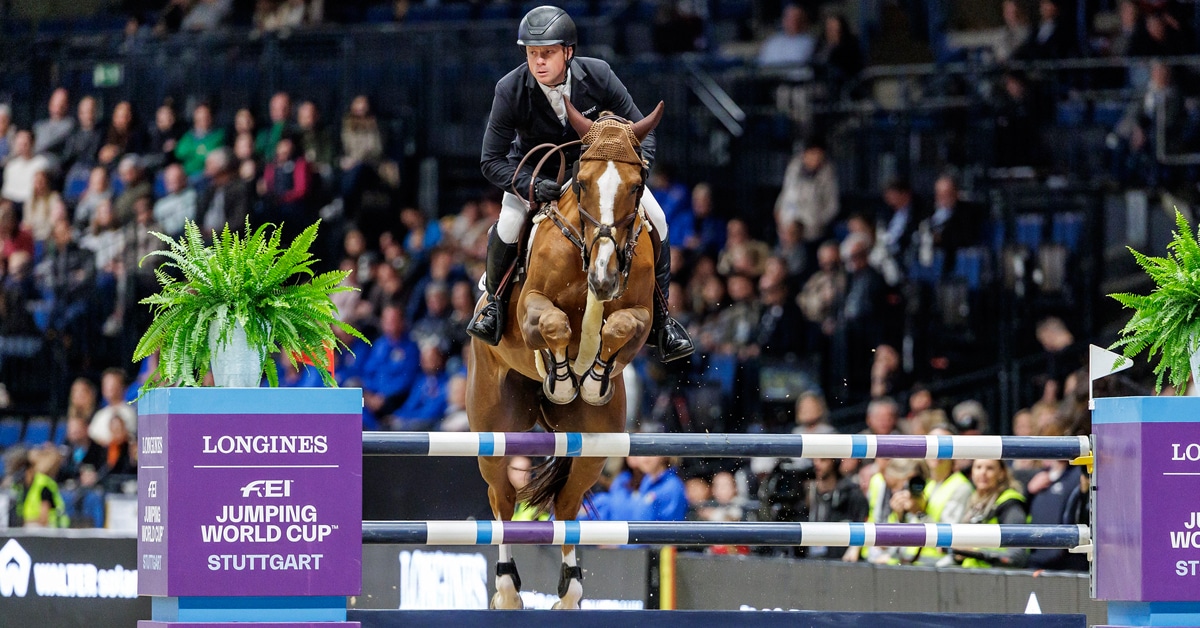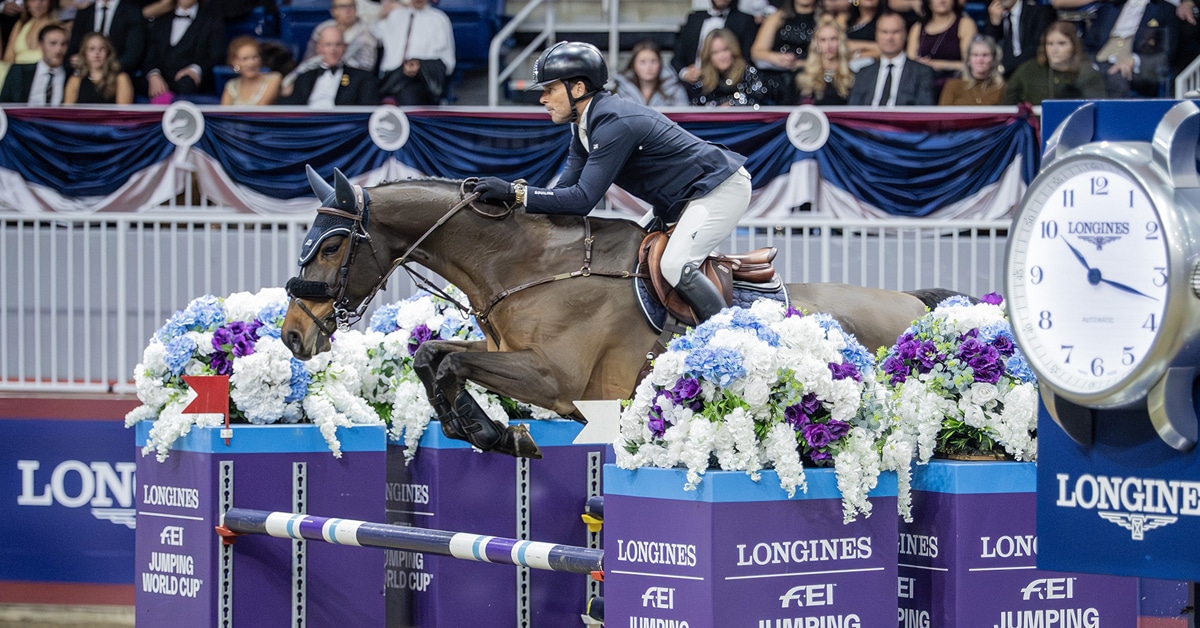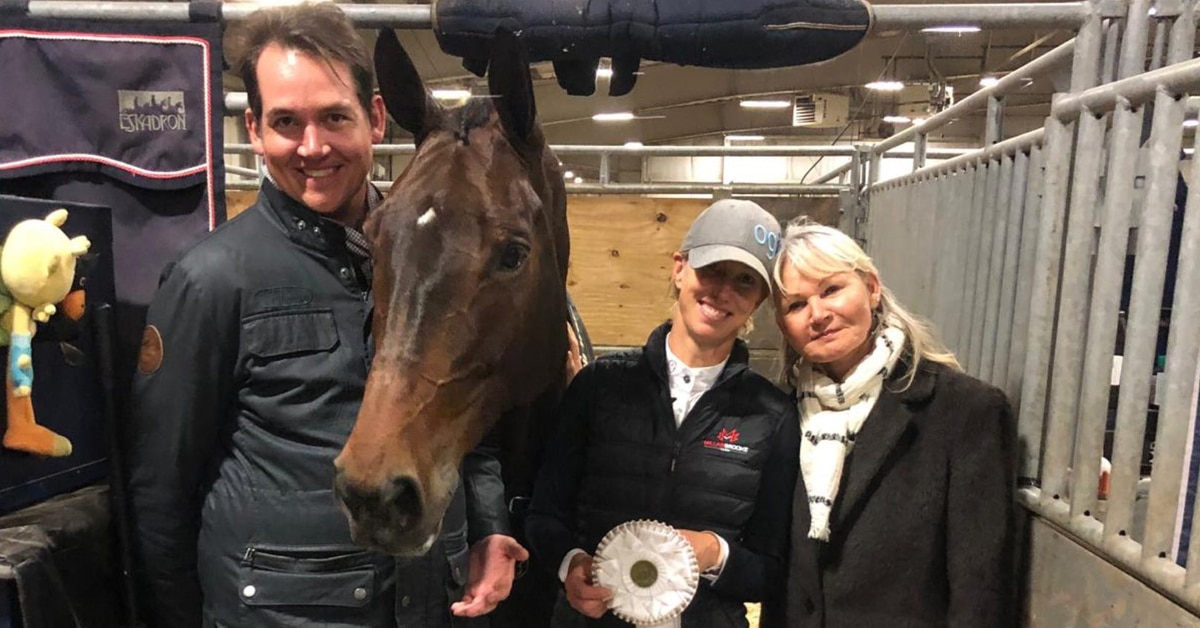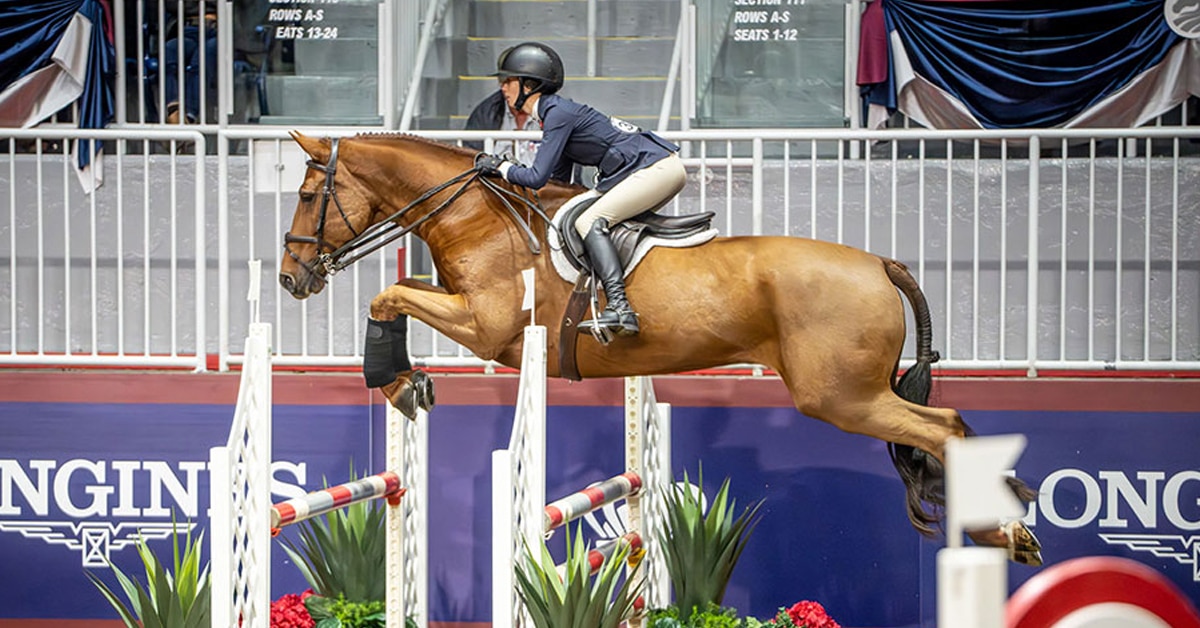A senior Sheikh from the United Arab Emirates has spoken out about the “winning at all costs” mentality in endurance which has “broken” the core relationship between horse and rider.
HH Sheikh Sultan bin Zayed al Nahyan gave his landmark address at the World Horse Welfare Conference in London on Thursday, to welfare workers and other horse industry professionals from all over the globe.
He did not hold back from blaming UAE riders and trainers for the speed-obsessed, racing-style endurance “which ultimately led to our highly publicized situation in the press.”
“Speed is the number-one problem,” he added. “The higher the speed, the greater the risk of compromised metabolism, severe lameness, fracture and death.”
He said UAE endurance has broken “the relationship between horse and rider; horses often ridden and trained by inexperienced people; mismanagement and cruelty through ignorance.”
Sheikh Sultan is already admired for reforms introduced at Bou Thib, his own endurance village in Abu Dhabi.
However, this was the first time endurance in the UAE has been openly criticised by one of that country’s most distinguished figures. Sheikh Sultan is the second son of Sheikh Zayed, founder of the UAE, and is himself the UAE’s former Deputy Prime Minister.
Sheikh Sultan has been involved in endurance for decades and has a successful barn at W’rsan. But he seriously considered axing endurance at Bou Thib if the traditional values could not be restored.
“Any successful sport must have good rules, and we strongly support FEI and Emirates Equestrian Federation rules,” he said.
“I became aware with growing concern that the existing rules were encouraging a new type of endurance where speed had become all-important. Riders were becoming racers, and the effects could be seen in the increasingly poor completion rates, deaths and the metabolic problems.
“It became impossible to ignore the facts. The original type of endurance riding which incorporates respect for the horse and the horsemanship was being lost; they tried to win at all costs.”
Sheikh Sultan’s ideas have become known colloquially as the “Bou Thib Initiative.” They run alongside FEI/national rules so that competitors can earn points and qualifications, but 70 per cent of the prize-fund goes to those complying with the Bou Thib Endurance Challenge, irrespective of their standing on the leader-board.
Bou Thib banishes the high speeds associated with fractures by setting a maximum 20kph speed, tougher heart-rate parameters (56 bpm) and tighter presentation times of just 10 minutes. It has drastically improved completion rates, with almost no horses requiring invasive treatment for metabolics. Indeed, Sheikh Sultan said, “The clinic has been so quiet, vets are starting to bring books to read while they wait!”
The original draft was aimed at the flat, fast conditions in desert rides, but has been adapted this Fall to suit other environments and topography following trials in Uruguay, Morocco, France and Germany. Bou Thib is producing an “App” to help other countries to adapt the rules appropriately for local conditions. The FEI is in full support.
“The rules work,” Sheikh Sultan emphasised. “Last season, four endurance meetings were run in the UAE using the new rules. The queues of exhausted and injured horses disappeared completely, with no horses requiring invasive treatment in the clinic; something unheard of in the village in previous seasons.
“We’re sure we’re heading in the right direction. Our strict heart-rate and presentation time made it impossible to speed. Riders must slow down if they want to pass the vet check.”
The initiative also revives opportunities for horses that have been rejected as too slow for the “speed races,” even when they still have excellent heart-rate and recovery.
Other developments include research into detection of de-sensitised limbs, and rides moving to more natural desert terrain so that the over-influential crew cars can’t follow so closely. This means riders will again “have to think for themselves.”
A member of the audience asked Sheikh Sultan how endurance could be competitive if it took out the element of speed. He again recalled the sport’s original premise of “fit to continue.”
“That is the art of endurance,” he said. “That is the competition and the challenge that is more important than the other – getting your horse killed.”
More News
